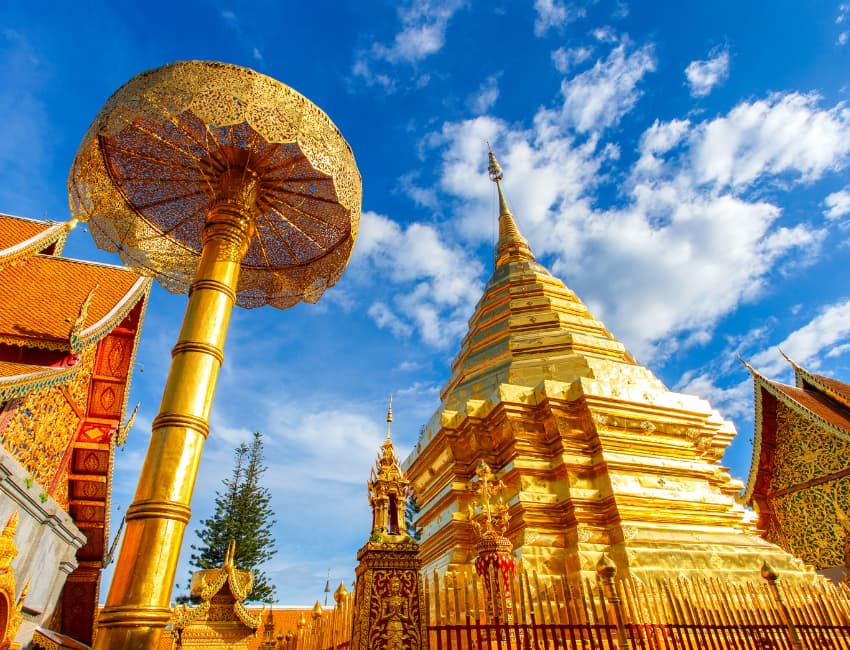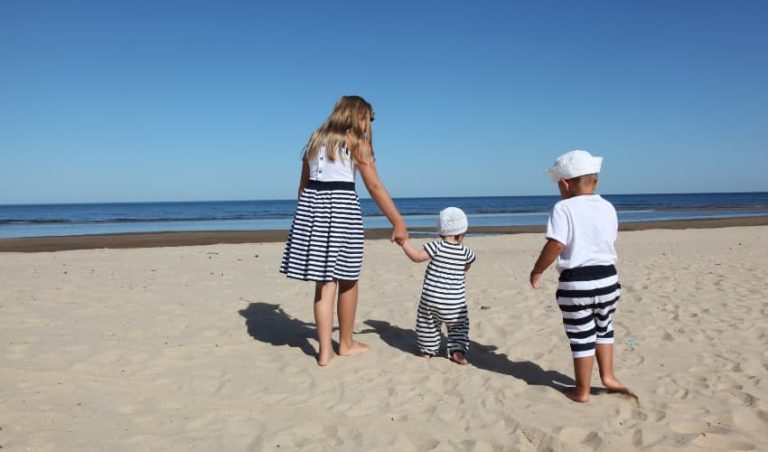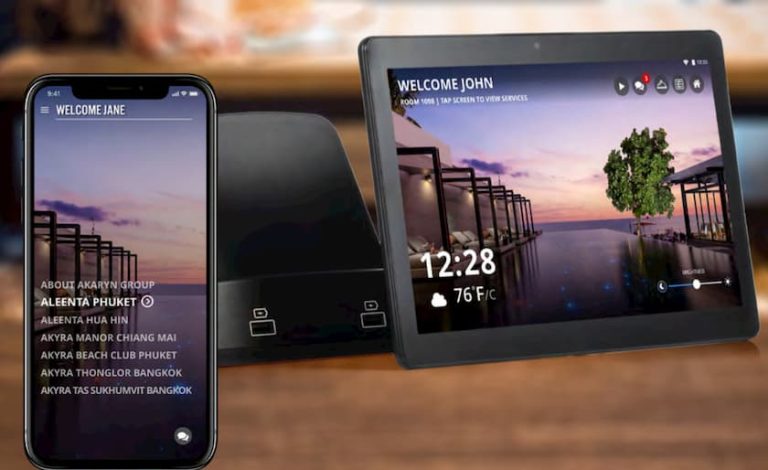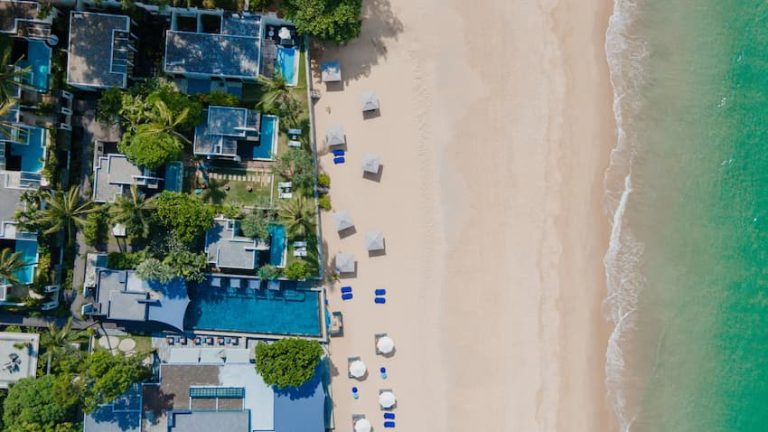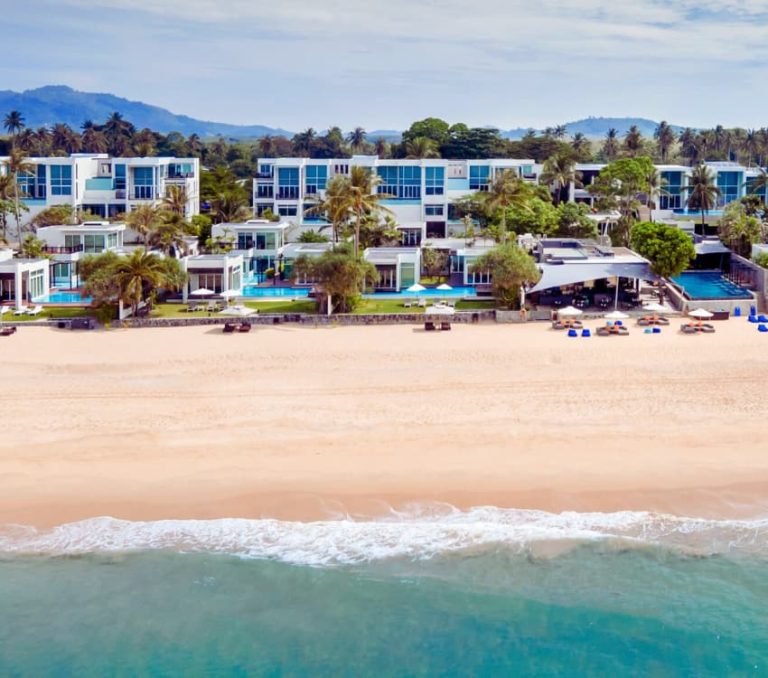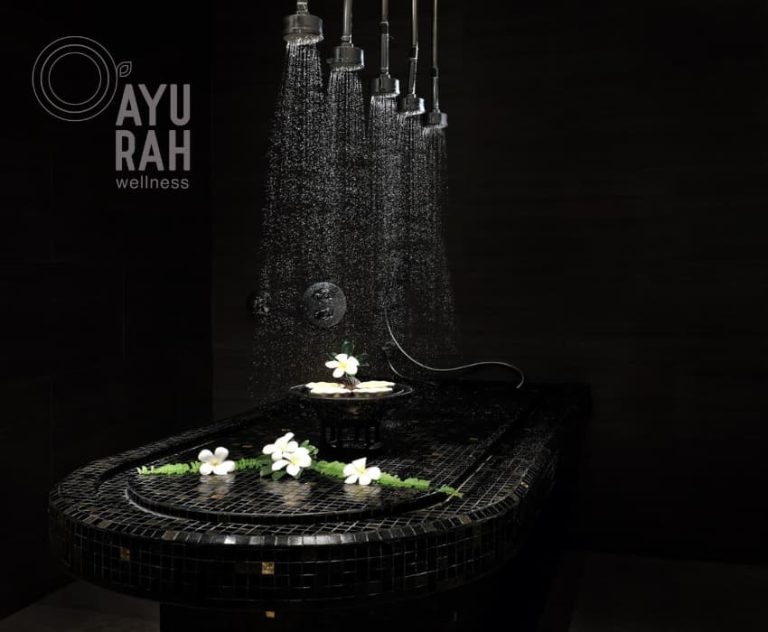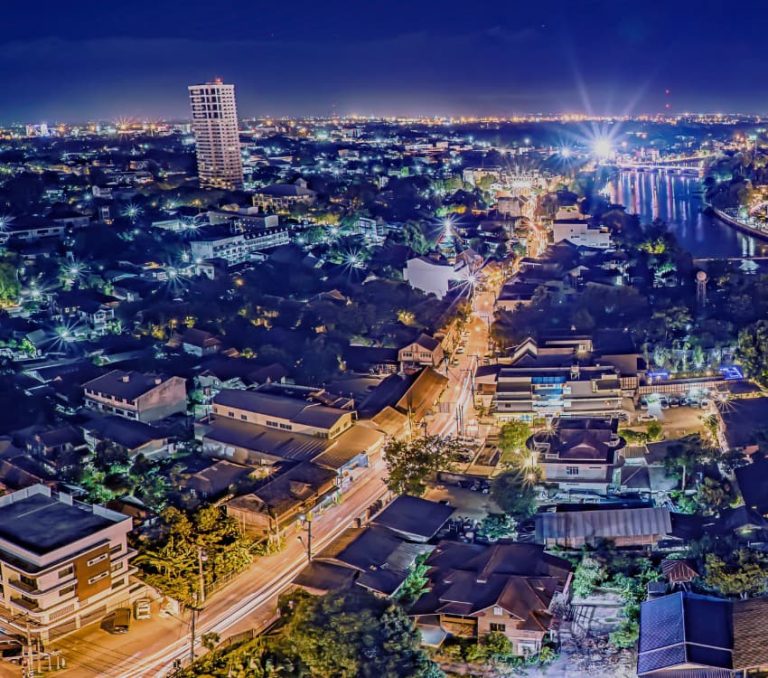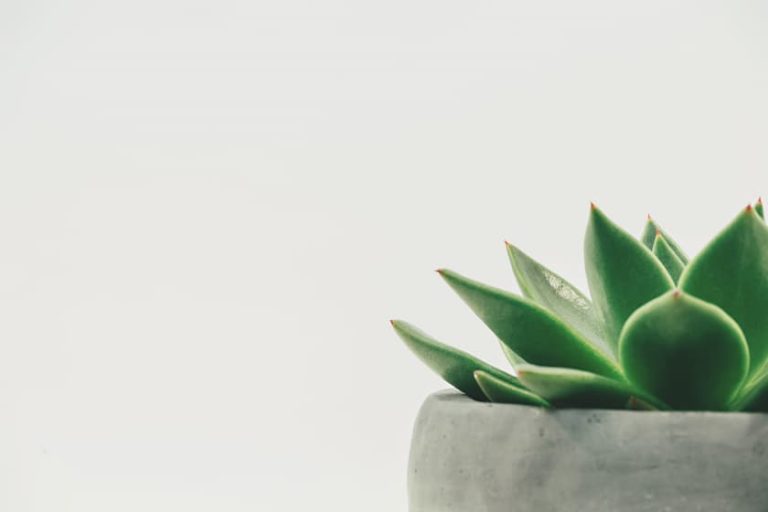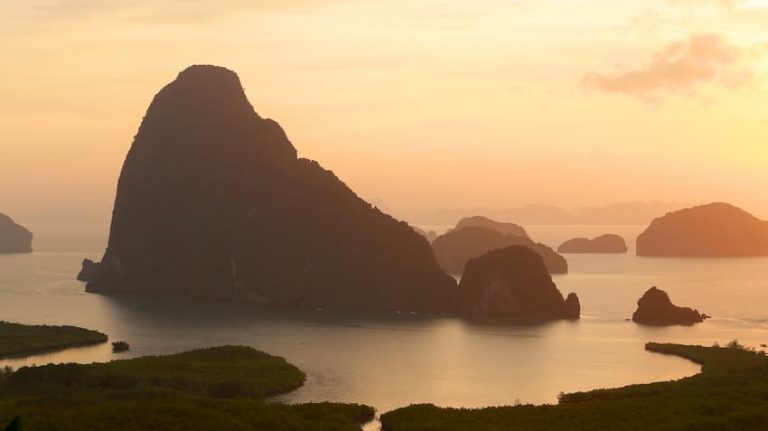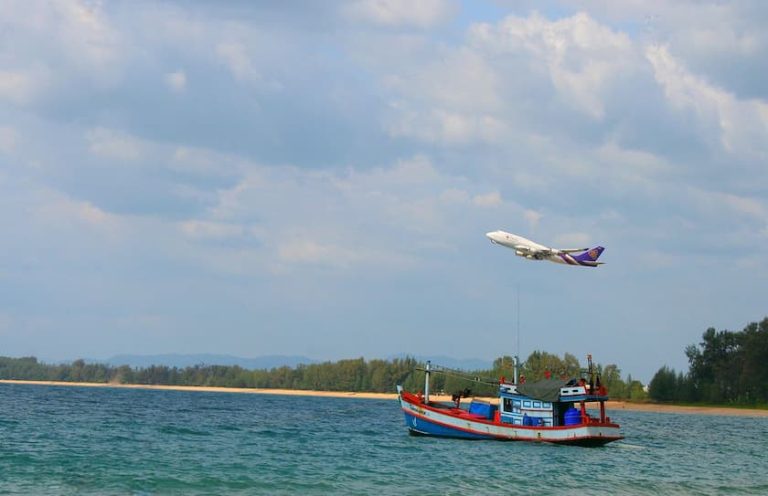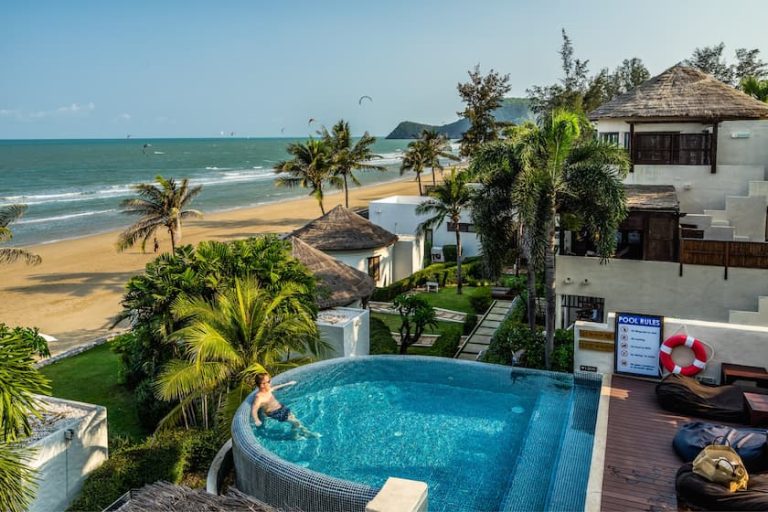Situated in Doi Suthep National Park and just 30 minutes from Aleenta Retreat, Wat Phra That Doi Suthep stands as a significant monument on the Doi Suthep Mountain. Offering unparalleled views of Chiang Mai and its surrounding landscapes, the temple is a testament to the region’s rich history and spiritual significance.
The History of Wat Phra That Doi Suthep
Dating back to the latter part of the 14th century, this temple is one of the most-visited religious sites in Northern Thailand. Its history is one of legends and a story that visitors can’t help but remember due to its fable-like qualities.
King Nu Naone, who ruled the Lanna Kingdom between 1355 and 1385, instigated the temple’s construction. Although the specific details of the temple’s history are somewhat hazy in parts, the general story certainly draws interest.
In a vision, a Buddhist monk called Sumanathera was told to travel to Pang Cha to search for a relic. He duly did this and came across a bone that was believed to be from the Buddha’s shoulder. This relic displayed magical powers, shimmering and drifting in and out of visibility. He travelled back to the Sukhothai Kingdom and showed the relic to King Dhammaraja, the region’s ruler at the time. However, the bone fragment showed no indication of any of its powers before, and the King, dubious as to its authenticity, gifted it to Sumanathera.
Word of this possible Buddha relic soon reached King Nu Naone, who summoned the monk to bring the bone fragment to the Lanna Kingdom. When Sumanathera reached the base of Doi Suthep mountain, the fragment inexplicably split into two pieces. The larger of the two pieces was housed in its intended spot at Wat Suan Dok, while the other relic fragment was mounted on a white elephant that was left to wander through the jungle. The elephant eventually reached the summit of Doi Suthep, trumpeted three times and died. King Nu Naone saw this as a sign and chose that spot as the site for Wat Phra That Doi Suthep Ratchaworawihan.
The Temple Complex
The 306 steps to the temple entrance may seem daunting, but they also boast Thailand’s longest Naga balustrade. These mythical seven-headed sea serpents are believed to be protectors of Buddhism and guard Buddhist temples, so it’s no surprise to find them lining the steps to the entrance of the Wat. The terraced area at the top of the steps displays a giant statue of the historic white elephant that transported the relic to Doi Suthep, and the surrounding space is dotted with gleaming shrines and attractive rockeries.
From the viewing platform on the far side of the temple, which extends over the mountain with a 15-foot drop, you have sweeping views of downtown Chiang Mai and the surrounding landscape.
The inner terrace is the temple’s central plaza; your focus is drawn to the golden chedi containing the Buddha relic. A walkway leads around the chedi, allowing you to view this large structure from all angles. The chedi’s chatra, or umbrella, has five tiers that link into Buddhist belief, each representing a level that one must ascend to achieve nirvana. Rising from the 5-tiered chatra is the 24-metre high spire plated in gold, displaying architectural aspects typical of Northern Thailand. Surrounding the chedi are plenty of shrines containing Buddha statues in varying poses that attract pilgrims who leave their offerings around the base of these shrines.
While the chedi is notably the temple’s main feature, the complex has a variety of other attractive structures, including wiharns or sermon halls, pagodas and pavilions. The main wiharn is on the western side of the compound, which is in keeping with the Buddhist idea that if a temple isn’t near a body of water, then the main wiharn should be located to face the rising sun. The tiered roofs are a common feature of sermon halls at most Buddhist temples, and those at Wat Phra That Doi Suthep Ratchaworawihan feature decorative nagas at each corner. Gold gilding and ornamental inlays add to the grandeur of these sermon halls, and the interiors feature Buddha statues and images in all poses, much as you can see around the terrace.
The Doi Suthep Vipassana Meditation Centre within the temple complex offers keen visitors the opportunity to learn about the art of Satipatthana Vipassana meditation and put it into practice. A beginner’s course runs for three weeks and focuses on the four bases of mindfulness: body, mind, feelings and mind-objects.
The Temple’s Significance
Wat Phra That Doi Suthep Ratchaworawihan is one of Thailand’s most revered pilgrimage sites. This is mainly due to the Buddha relic but also has a lot to do with the fact that Chiang Mai was the centre of the Lanna Kingdom in the 14th century and had an extensive influence during that period.
While the temple attracts tourists from all over the globe, it also has a special significance for the locals, particularly during certain celebrations and special occasions. It’s not uncommon for locals to climb the mountain on Visakha Bucha Day, informally known as Buddha’s birthday, and to sleep around the base of the temple to celebrate his birth and enlightenment.
Every aspect of the temple complex tells a story about the Buddhist culture and beliefs, from the seven-headed serpents that line the steps leading up to the temple to the white elephant statue and the exquisite golden chedi that is the complex’s main attraction. There is plenty to see at Wat Phra That Doi Suthep Ratchaworawihan – pagodas, pavilions, statues, Buddha images – and a visit here is well worth the trip from Chiang Mai.
FAQs for Visitors to Wat Phra That Doi Suthep
Q: What are the opening hours?
Typically, the temple is open daily from early morning until late evening. However, it’s best to check for any special ceremonies affecting visiting hours.
Is there an entrance fee?
There might be a modest fee for foreign visitors. This fee goes towards the maintenance and preservation of the temple.
Q: What should I wear?
Dress modestly. Shoulders and knees should be covered. It’s recommended to wear loose-fitting clothing and bring a scarf or a wrap.
Can I take photos?
Generally, photography is allowed on the temple grounds, but always look for signs or ask local guides to ensure you’re not capturing restricted areas.
Q: How do I get to the temple?
The temple is about a 30-minute drive from Chiang Mai city centre. You can get there by hired taxi, tuk-tuk, or join an organised tour.
Is it wheelchair accessible?
Due to its mountainous location and several stairs, accessibility might be limited for those with mobility challenges.
Q: Can I buy food and drink at the temple?
There are often vendors near the temple selling refreshments and local delicacies, but it’s always a good idea to bring water, especially if visiting during hot periods.
Are there guides available?
Yes, there are usually local guides offering their services for a fee. They can provide a deeper insight into the temple’s history and significance.
Q: Can I participate in meditation sessions?
The Doi Suthep Vipassana Meditation Centre within the temple complex often offers courses and sessions. Check their schedule in advance if you’re interested.
Q: Are there any ceremonies or festivals I should know of?
Wat Phra That Doi Suthep is a hub for cultural events, especially during Buddhist holidays like Songkran and Loy Krathong. Check the local calendar for any events that might coincide with your visit.
Related Articles
- Seven Chiang Mai Temples Worth A Visit
- Wat Umong Suan Phutthatham
- Wat Suan Dok
- Wat Pha Lat
- Wat Lok Moli
Aleenta Retreat
Chiang Mai
Chiang Mai
189 Soi Ban Mai Lang Mo 18,
Suthep, Muang Chiang Mai District,
Chiang Mai 50200
T: +66 (0)52 090 333

